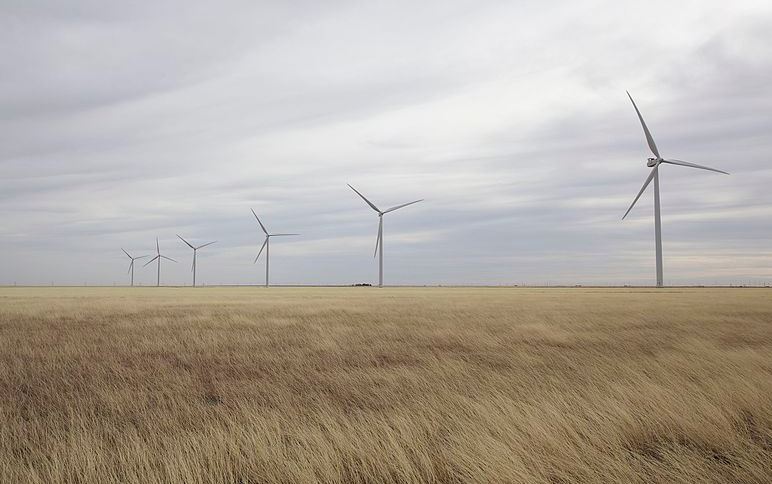
Green agenda proponents are touting oil-rich Texas using solar panels and windmills as renewable energy sources. However, the Texas summer heat wave is highlighting the limits indicative of renewable energy, causing tremendous strain on the power grid.
Temperatures have soared into the 100’s this month, prompting Texas energy companies to send urgent messages notifying customers to expect rolling blackouts. The energy companies ask customers to conserve energy by raising thermostats, cutting back the use of dishwashers and washing machines, and limiting the charging of electric vehicles.
Energy Texas, one of 150 retail energy, blamed the looming threat of power blackouts on the heat dome stripping Texas of any “low wind generation.” Despite the Lone Star state producing more oil than almost anyone else in the world, they have fallen behind other parts of the country regarding the reliability of its energy grid.
Critics aren’t lacking the opportunity to blast renewable energy. They blame gearing the system toward the inconsistent performance of renewables – mainly wind – for causing instability in the Texas grid during extreme weather events like this summer’s triple-digit heat wave.
“This is driven by the unreliability of wind and solar because, like it or not, you cannot predict day-to-day wind output and sun output and how many megawatts they will generate,” said Daniel Turner, the executive director of Power the Future, a group that advocates for fossil fuels and energy workers. He claimed Texas continually found itself in a “scramble” since they were relying on what was unreliable.
Windmills are partly to blame. The February 2021 historic winter storm covered much of Texas in snow and ice, and their colossal failure caused an epic disaster. The weather froze wind turbines and natural gas lines that triggered a massive grid failure, resulting in 57 deaths and $195 billion in property damages. In addition, the weather disaster prompted a debate in the state over renewable energy and implemented improvements to make the grid more resilient to extreme weather.
Texas has no plans to reduce or discontinue the use of wind and solar. However, the Electric Reliability Council of Texas, which manages the flow of the state’s electric power, noted that on July 11, the wind was generating only 2,600 megawatts – far less than its capacity to produce more than 35,000 megawatts of power. Solar contributed 9,500 megawatts, while natural gas, coal, and nuclear combined produced nearly 68,000 megawatts of power. With a demand of 80,000 megawatts, the state sits precariously on the brink of blackouts.
“For Texas to be telling Texans to not live the 2022 life of a Texan because the grid can’t compete is not progress,” Turner said. “This is regressing into a worse state of living. And that’s not something to be proud of.”




